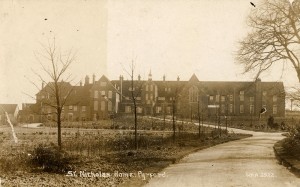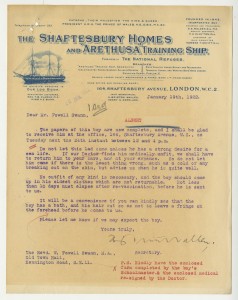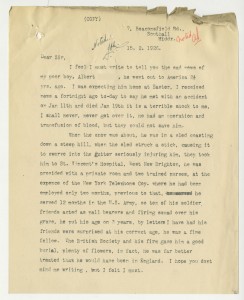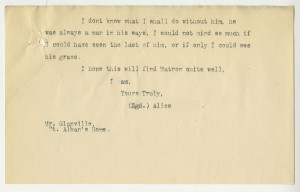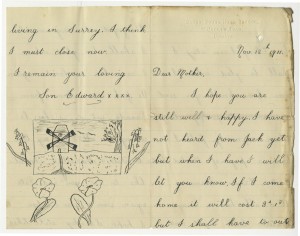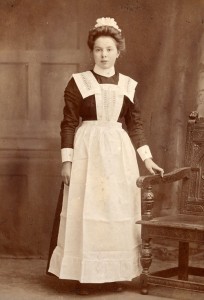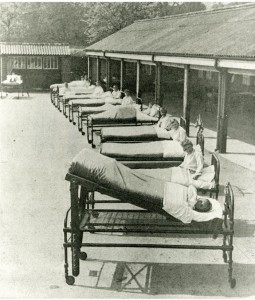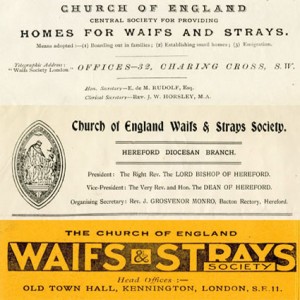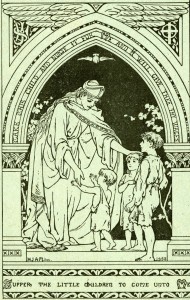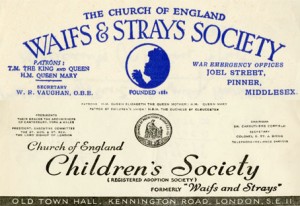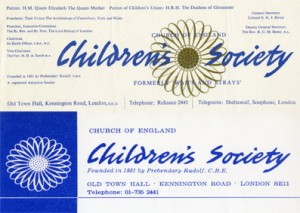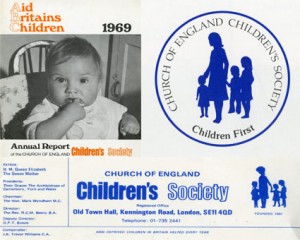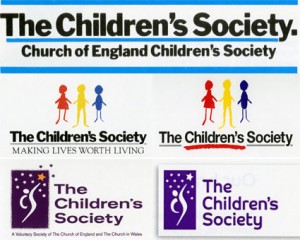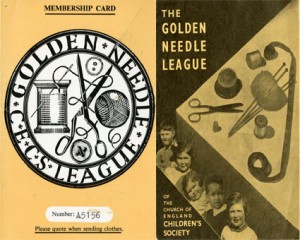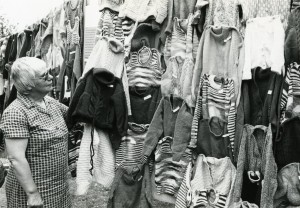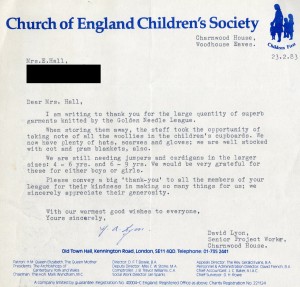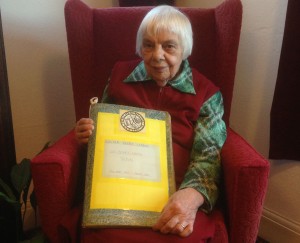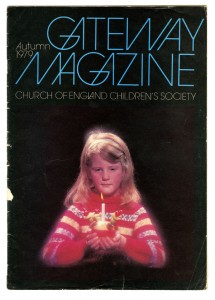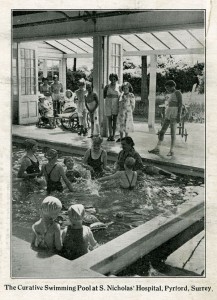Today we have a blog post written by one of our volunteers, Rod Cooper.
***
Ever wondered about the activities of The Children’s Society and how these have evolved? I have been lucky enough to research a remarkable period in The Children’s Society’s history, and one that reflects significant changes in our society in general.
Some time ago I was asked to help out with clarifying information in The Children’s Society Archive’s database, and to record the activities of The Children’s Society’s homes from the mid-1960s through to the latter part of the last century.
All very interesting I thought, and shouldn’t be too difficult. Just a few weeks work. But then just how wrong can you be?
Two years on, and after much scouring of The Children’s Society’s annual reports and supporters’ magazines (such as Gateway magazine and Children in Focus magazine), the consequence is a significantly more extensive than anticipated spreadsheet that records the year-by-year activities of The Children’s Society’s various homes and projects. In due course this will be compared against information already stored on the Archive’s database, and any amendments and revisions thus recorded.
Due to constraints in the availability of data, the greater part of the information relates to a period from the late-1960s through to the mid-1990s; the periods either side often lacking information of comparable depth and breadth. But this caveat aside, the period for which I have sourced data has – and I freely admit perhaps more by accident than design – resulted in a time-line charting broad-scale changes in The Children’s Society’s activities over a thirty year period. Changes that reflect significant shifts in the social, cultural and economic fabric of our society as a whole.
During the early part of this project, and as each snippet of information stood in relative isolation, there appeared to be little rhyme or reason behind The Children’s Society’s activities. However, it wasn’t long before developing themes and evolving strategies came much into focus.
Over the thirty year period, for example, I’ve traced declining activities such as the rapid closure of nurseries in the 1960s and the related fall in the number of infants for adoption (put rather succinctly in one article as a consequence of three things: more “unsupported” mothers wishing to keep their babies; the impact of the contraceptive pill; and changes in the abortion law). There was a significant change too in the number of children’s homes. More and more of these were either closed or transferred into local authority management whilst The Children’s Society chose to extend its focus towards the family unit and, more specifically, to help maintain family life and keep families together. Hence the rise of the Family Centre in the 1980s. The focus too shifted away from younger children to “young people” in their teenage years. In the face of rising unemployment and social stresses in the 1980s and beyond, this meant involvement in employment and training projects, hostels for homeless young people and provision of legal assistance. All a far cry from The Children’s Society’s activities of just few short years before, when the emphasis had been on nurseries and homes for younger children.
And this is just a taste of it. There is much more. But that can wait for another time. What started out as a relatively straightforward piece of house-keeping to help sort out a database has taken on a life of its own, and thrown up some revealing and fascinating insights into your organisation’s activities over the years.

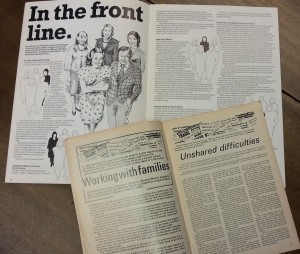
![Girls at St. Nicholas’ Hospital and Special School, Pyrford, Surrey. Three are in wheelchairs. [1915] Girls at St. Nicholas’ Hospital and Special School, Pyrford, Surrey. Three are in wheelchairs. [1915]](http://www.hiddenlives.org.uk/blog/wp-content/uploads/2015/03/p0001554-small-300x276.jpg)
![Girls at St. Nicholas’ Orthopaedic Hospital and Special School, Pyrford, Surrey; with a kid goat third from the right [c1910s] Girls at St. Nicholas’ Orthopaedic Hospital and Special School, Pyrford, Surrey; with a kid goat third from the right [c1910s]](http://www.hiddenlives.org.uk/blog/wp-content/uploads/2015/03/p0000061-small-300x212.jpg)
![Group photo of a teacher and ten girls, one of whom is in a wheelchair and another is using a crutch; St Nicholas’ Orthopaedic Hospital and School, Pyrford, Surrey [1917] Group photo of a teacher and ten girls, one of whom is in a wheelchair and another is using a crutch; St Nicholas’ Orthopaedic Hospital and School, Pyrford, Surrey [1917]](http://www.hiddenlives.org.uk/blog/wp-content/uploads/2015/03/p0000071-small-300x214.jpg)
